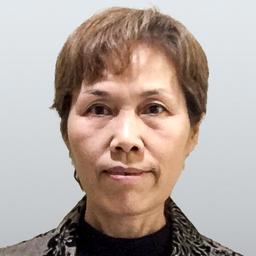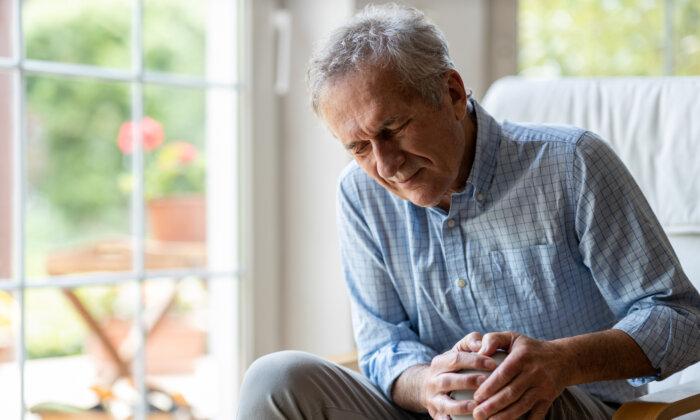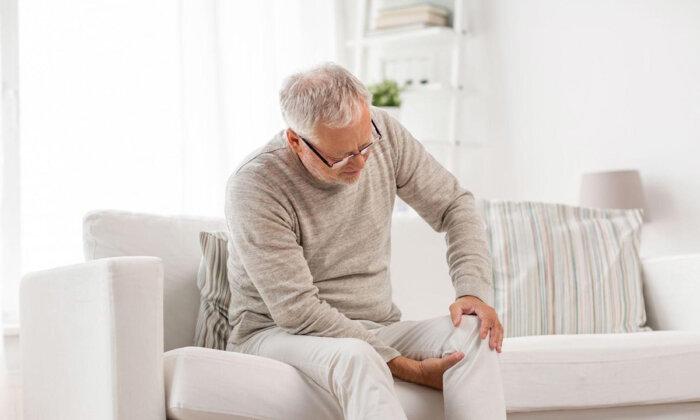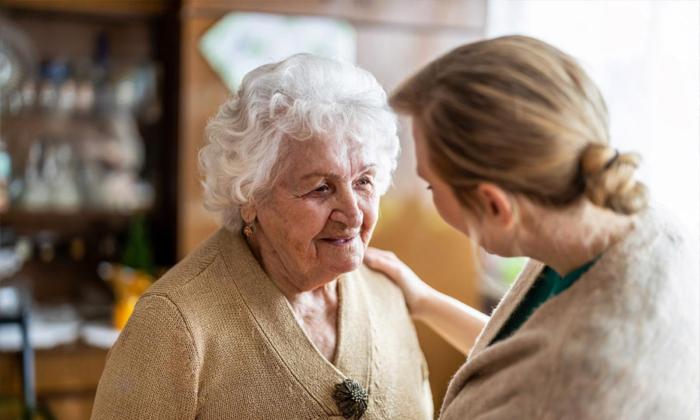Miao Xiaohui, a prominent infectious disease expert in Shanghai, posted on April 23, a reiteration of his call for the CCP authorities to stop the Zero-COVID policy, that “is completely inconsistent with the basic law of infectious disease pandemics,” as soon as possible in order to reduce secondary disasters and deaths caused by excessive pandemic prevention.
Miao was the vice president and director of the Department of Infectious Diseases at the Changzheng Hospital affiliated with the Second Military Medical University of China, and he participated in the prevention, diagnosis, and treatment of the SARS epidemic when it broke out in China in 2003.
In his post, Miao pointed out that the Zero-COVID policy is ineffective and lacks real scientific basis. He stated that all neighborhoods in Shanghai have been sealed for 23 to 27 days, exceeding the three longest incubation periods of the Omicron virus, which is “completely inconsistent with the basic laws and intervention results of infectious disease pandemics.
Zero-COVID triggered a large number of secondary disasters, resulting in deaths that should not have occurred. “Stop continuing, okay?” he urged.
As early as April 8, Miao Xiaohui issued a long article saying that under strict controls, the Zero-COVID policy will trigger a run on medical resources, and he called for attention to and a quick resolution of the problem of additional deaths during the pandemic.
Miao estimated that the number of additional deaths of diabetic patients caused by the one-month lockdown of Shanghai may be nearly 1,000, based on a study on the additional deaths of some chronic non-communicable disease patients (such as diabetics) during the lockdown of Wuhan, China in early 2020.
He believes that because of the run on medical resources, in addition to diabetes, various chronic non-communicable diseases, various acute and chronic infectious diseases, various acute diseases, and the suicide rate rising by 66 percent caused by psychological problems during the lockdown period, will make the additional death toll not insignificant.
For example, Miao said that during the current lockdown in Shanghai, at least 20 large hospitals were closed for 3 days or more and, at the same time, wards were emptied and operating rooms were closed, which would artificially increase the number of additional deaths.
He believes that the need for and cost of the authorities’ lockdown and clearance campaign should be carefully considered, especially since the lack of medical resources during the lockdown may lead to a large number of additional deaths of non-COVID-19 patients.
To reduce the run on medical resources, he suggested that asymptomatic infected people isolate at home, and the government should examine whether it is necessary to run nucleic acid tests on the whole population and should not allow hospitals to completely shut down.
Finally, he also raised the issue that nucleic acid testing, one of the three pillars of the CCP’s Zero-COVID policy, would increase cross-infection. “Don’t ask me where the virus came from, its hometown is in two cotton swabs,” he said.
Ding Xian, the former secretary of the Party Committee of the Jing’an Branch of Shanghai Huashan Hospital, also posted on April 24 that the shortcomings of the authorities’ Zero-COVID policy are “repeated nucleic acid testing, overwhelmed staff runs, and serious cross-infection.” “The most serious of them is cross-contamination, and that science has been thrown into the trash.”
Yin Youkuan, the former deputy director of the Department of Infectious Diseases at Huashan Hospital in Shanghai, posted on April 22 that the statistical data had come out, and the number of positive cases would increase by 3 to 4 percent for each nucleic acid (test) of all staff.
He cited a community in Shanghai as an example. There were no positive cases, but after a few days of nucleic acid testing, the number increased to 83. “It was the staff who brought it in,” he said.
At present, Shanghai has implemented the so-called “hard isolation” in the sealing and control areas, turning an entire residential building or an entire community into an isolation point, and trying to expand the isolation area to achieve “social clearance.”
Ms. Xu, a resident of a community in Yangjing Street, Pudong District, Shanghai, confirmed to The Epoch Times on April 25 that her community had been notified that starting on April 23, all the buildings would be in “hard isolation,” which meant that the entire building would be locked from the outside and the only movement for residents would be within their own apartments.
She told reporters that there were more than 200 households in the 25-story building where she lived, and that the lockdown began on March 21 because an old couple in their 90s tested positive via the nucleic acid test.
Long List of Deaths Due to the Pandemic
Since the lockdown of Shanghai began, many hospitals have been closed, leaving citizens without access to basic medical services, many of whom have lost their lives because they have not been able to receive timely medical treatment. Some people have spontaneously counted the list of people who have died in Shanghai who “did not die from COVID-19 but died because of COVID-19.” The total number of cases has now reached 176.For example, Yu Hongsan, a senior notary at the Shanghai Oriental Notary Public Office, died on March 19 due to an asthma attack when an ambulance was not called soon enough.





